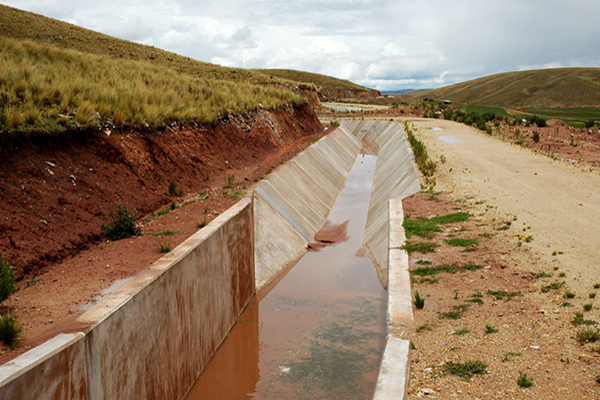 online_transition_design calculator •
[Beta version 151115] • (Best viewed with Firefox ≥ 42.0)
online_transition_design calculator •
[Beta version 151115] • (Best viewed with Firefox ≥ 42.0)
|
|
|
DESCRIPTION
[Example]
[Main Page]
This online calculator designs a warped transition following the example described originally in Hinds (1928) and complemented by Chow (1959). Details of the computational procedure have been presented by Ponce (2015). Units Currently, only the U.S. Customary system of units is available. SI (metric) units will be available in the near future. Type of transition Currently only the warped inlet transition is available. The warped outlet will be available in the near future.
Shape of transition The shape of the transition may be specified in one of three ways:
REFERENCES Chow, V. T. 1959. Open-channel hydraulics. McGraw-Hill, New York. Hinds, J. 1928. The hydraulic design of flume and siphon transitions. Transactions, American Society of Civil Engineers, Vol. 92, 14-23-1459. Ponce, V. M. 2015. Design of channel transitions. Online report. |


